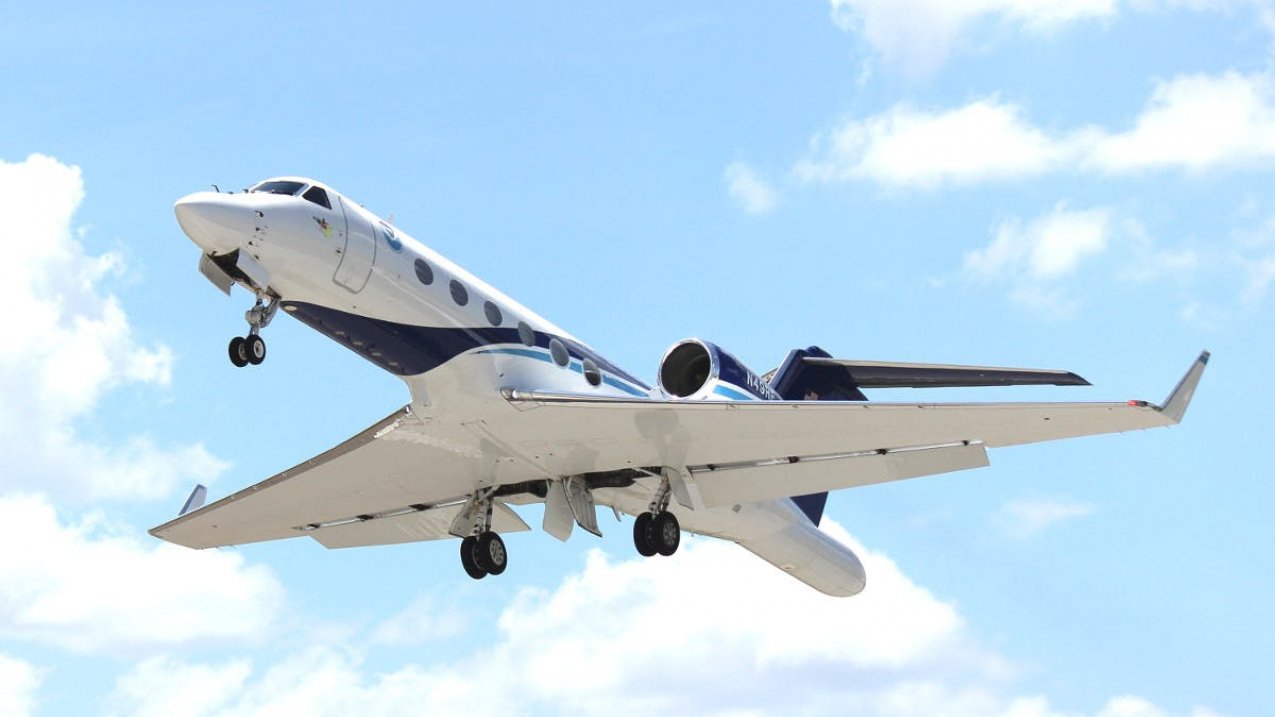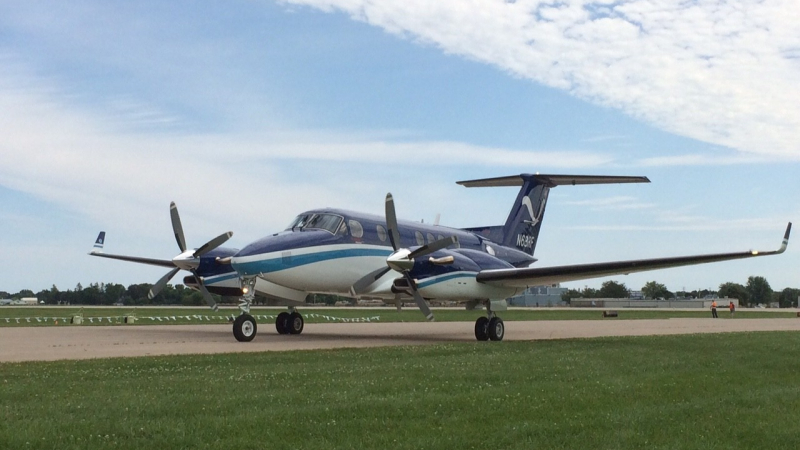NOAA has awarded contracts to two U.S. manufacturers for the purchase of new aircraft that will augment the agency’s environmental data-gathering capabilities.

The G-IV is a twin-engine jet piloted by NOAA Corps officers and crewed by NOAA civilian engineers and meteorologists. Its primary mission is to fly tropical cyclone surveillance missions. (Image credit: NOAA)





